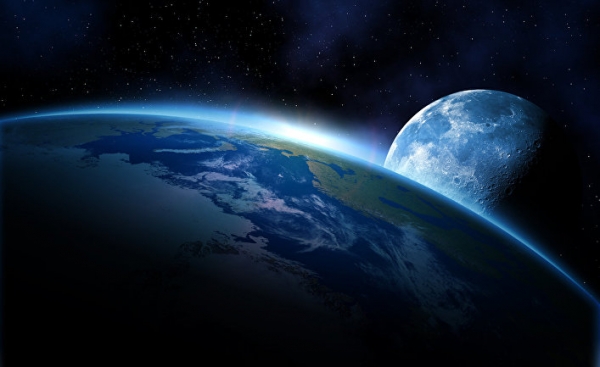
In recent studies of radio telescopes discovered many hundreds of previously unknown galaxies that should exist in areas where there is a huge magnetic anomaly, known as the “Great Attractor”. New study may help shed light on why our galaxy, with hundreds of thousands of other, currently inextricably stretches in this direction.
Due to an advanced multi-beam receiver on the CSIRO Parkes radio telescope in Australia, the researchers were able to penetrate through the stars and dust of our galaxy, blocking a direct view to the other side of the galaxy. By doing so, the team found 883 galaxies, a third of which have never before been revealed.
This discovery will help in solving the mystery region of the Great Attractor, which, apparently, attracts the milky Way and other galaxies. Located at a relatively short distance from Earth in astronomical framework, and known as the “zone of avoidance” because of its hidden nature, the region is located at a distance of about 250 million light years from Earth.
According to Professor Staveley-Smith, the Great Attractor has been a constant source of research since almost 50 years ago in the expected universal extension were found extreme aberration.
Another astronomer involved in the study, Professor renée Kraan-Korteweg University of Cape town, agrees that scientists have tried to map out galaxy, the Milky Way closed for many years.
“We used several methods, but only the really successful radio observations allow us to see through the vast layer of dust and stars,” she said. – “Galaxies contain 100 billion stars, so hundreds of new galaxies hidden behind the Milky way, talk about the enormous amount of weight, which is unknown to us until now.
“The great Attractor has a mass equivalent to thousands of galaxies and, while it’s huge, its size is not yet fully measured. It seems that the Great Attractor and the galaxy surrounding him (including our own) racing to something more. Called the Shapley Supercluster, a conglomerate of more than 8,000 galaxies has an incredible a lot more than ten million billion suns, each galaxy in our region of the Universe moves towards it.







